Shipping alcohol-based hand sanitizer is complex. Hand sanitizer is classified as a hazardous material, therefore, it must be filled, handled, & transported as such.
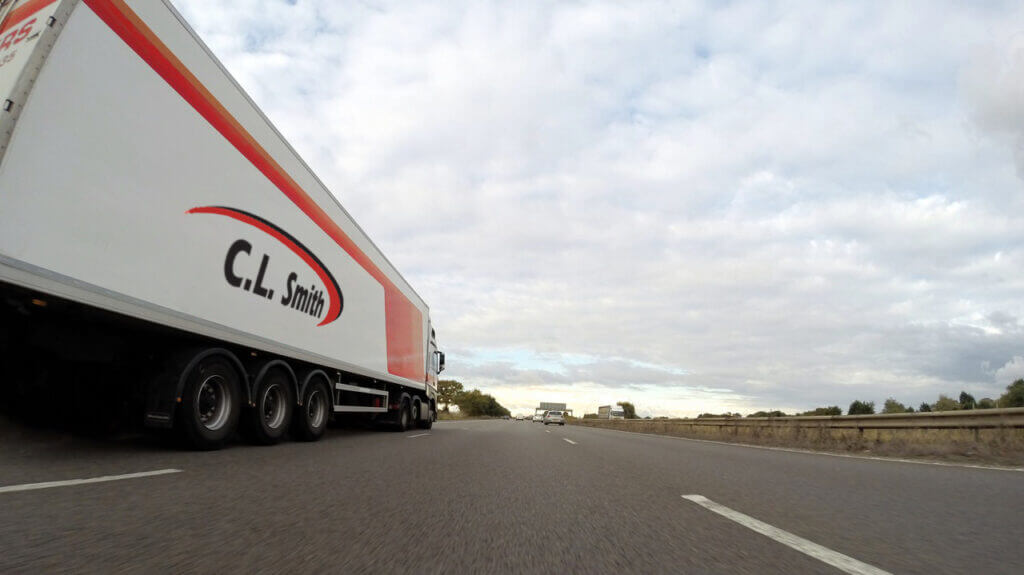
Many companies that do not ordinarily produce these alcohol-based hand sanitizer products are now converting their operations to begin filling these products in an effort to improve the supply across the country. As many are finding out, there are challenges that must be overcome before beginning to fill and ship these products.
The Department of Transportation (DOT) & Pipeline and Hazardous Materials Safety Administration (PHMSA) issued a relief notice on April 2, 2020, with regards to shipping alcohol-based hand sanitizer. The new regulations will expire 3 months from its date of issuance or until the time when the public health emergency is over, whichever is sooner.
***UPDATE***
PHMSA gives notice that it will continue to not take enforcement action against any offeror or carrier offering or transporting sanitizing and disinfecting materials in accordance with the April 10, 2020 Notice of Enforcement Discretion through October 31, 2020. After October 31, 2020, this relief expires and all affected parties are expected to be in full compliance with the HMR. Read the update here.
PHMSA will not take enforcement action for violations of the HMR for highway transport only when the below conditions are met.
Domestic Highway Shipping Alcohol-Based Hand Sanitizer Regulations
- Packages contain hand sanitizer containing either ethyl alcohol or isopropyl alcohol at a concentration not to exceed 80 percent.
- Packagings are leak tight and securely closed, secured against shifting, and protected against damage.
- The material is contained in a packaging of not more than 8 gallons.
- For inner packagings not exceeding 1 gallon:
- Packages are a combination package and the inner receptacle containing the liquid is placed inside an outer packaging where the inner packagings are secured and cushioned within the outer packaging to prevent breakage, leakage, and movement and inner packagings are packed with package closures in an upright orientation.
- The net contents of all inner packagings in any single outer packaging do not exceed 8 gallons (8 x 1 gallon packages for example).
- The company name and the words ”Sanitizer – Contains Ethyl Alcohol” or ”Sanitizer – Contains Isopropyl Alcohol” are marked on the outer package and, if applicable, the overpack.
- For inner packagings exceeding 1 gallon:
- Are overpacked in crates, cages, carts, boxes, or similar overpacks.
- Packages are secured in the transport vehicle in such a way as to prevent breakage, leakage, and movement. Packages are packed package closures in an upright orientation.
- The company name and the words ”Sanitizer – Contains Ethyl Alcohol” or ”Sanitizer – Contains Isopropyl Alcohol” is marked on the outside of the single package and the overpack.
PHMSA will not take enforcement action for violations of the HMR for shipments of packagings by highway only containing more than 8 gallons but not more than 119 gallons of sanitizer, if the following procedures are followed:
- The packaging contains hand sanitizer containing either ethyl alcohol or isopropyl alcohol at a concentration not to exceed 80 percent.
- Packagings are leak tight and securely closed, secured against shifting, and protected against damage.
- The material is contained in a packaging having a capacity not over 119 gallons.
- The packaging must be DOT or United Nations (UN) specification packaging (drums, jerricans, etc.) described in§ 173.202 meeting the Packing Group (PG) II performance standard.
- The packages are be secured to prevent breakage, leakage, and movement during the course of transportation.
- The registration requirements found in Subpart G of Part 107 will not apply.
- Offerors and transporters of this material provide their employees handling this material with the applicable training materials prepared by PHMSA, in lieu of the training required by 49 CFR Part 172, Subpart H.
- Each package is labeled with a flammable liquid label (see § 172.419).
- The bill of lading or shipping paper includes the following basic description ‘‘UN 1987, Alcohols, n.o.s., Class 3, PG II” and indicate the number, type, and capacity of packages offered (for example, 25 drums – 119 gallons ea.).
- A copy of the Emergency Response Guidebook Guide number 127 accompanies the shipment. (A copy of this is in the linked document for the use of shippers)
- If the aggregate gross quantity in a transport vehicle or freight container exceeds 1,001 pounds, the vehicle is placarded as required by the HMR (see 49 CFR Part 172, Subpart F for placarding requirements).
- All motor carriers comply with § 177.804.
The Relief Policy Passed by DOT & PHMSA
Temporary Policy for the Transportation of Certain Alcohol-Based Hand Sanitizer Products During the Public Health Emergency (COVID-19)
The U.S. Department of Transportation’s (DOT) Pipeline and Hazardous Materials Safety Administration (PHMSA) plays a leading role in ensuring the safe transportation of hazardous materials throughout the United States by all modes. Because of the ongoing Coronavirus Disease 2019 (COVID-19) public health emergency, there has been a notable increase in the demand for products used for sanitization purposes – many of which contain alcohol and may be considered a hazardous material for transportation as defined by the Hazardous Materials Regulations (HMR, 49 CFR Parts 171-180). PHMSA is aware of multiple companies throughout the country that will be producing products such as hand sanitizer and other alcohol-based products to help respond to the COVID-19 public health emergency under specific FDA guidance. To facilitate the increased availability of products during this public health emergency, PHMSA intends to provide temporary relief from certain HMR requirements while continuing to maintain an appropriate level of safety for companies that are producing products under the FDA guidance. The relief provided herein is for the highway mode only. Shipments by other modes of transportation must meet all requirements of the hazardous materials regulations unless relief has been provided elsewhere. Read more >>>


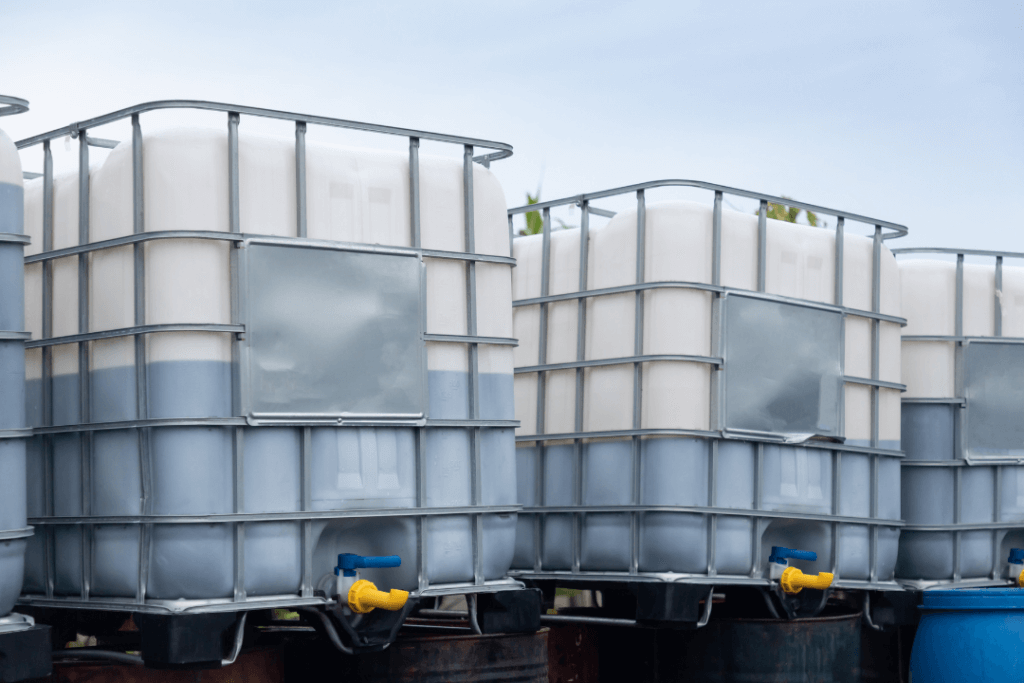
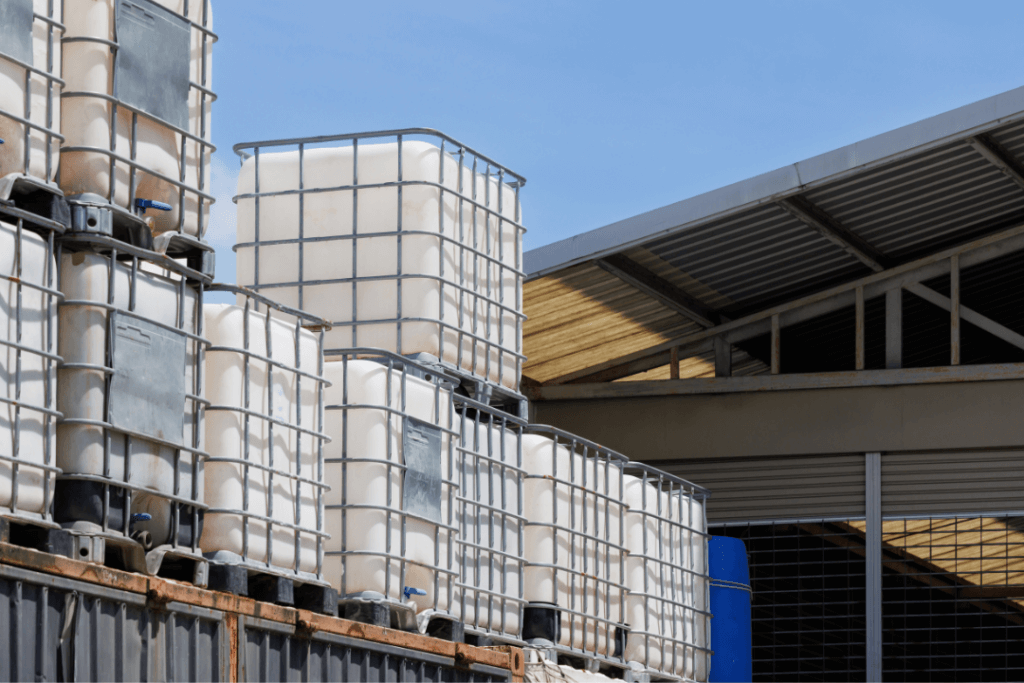
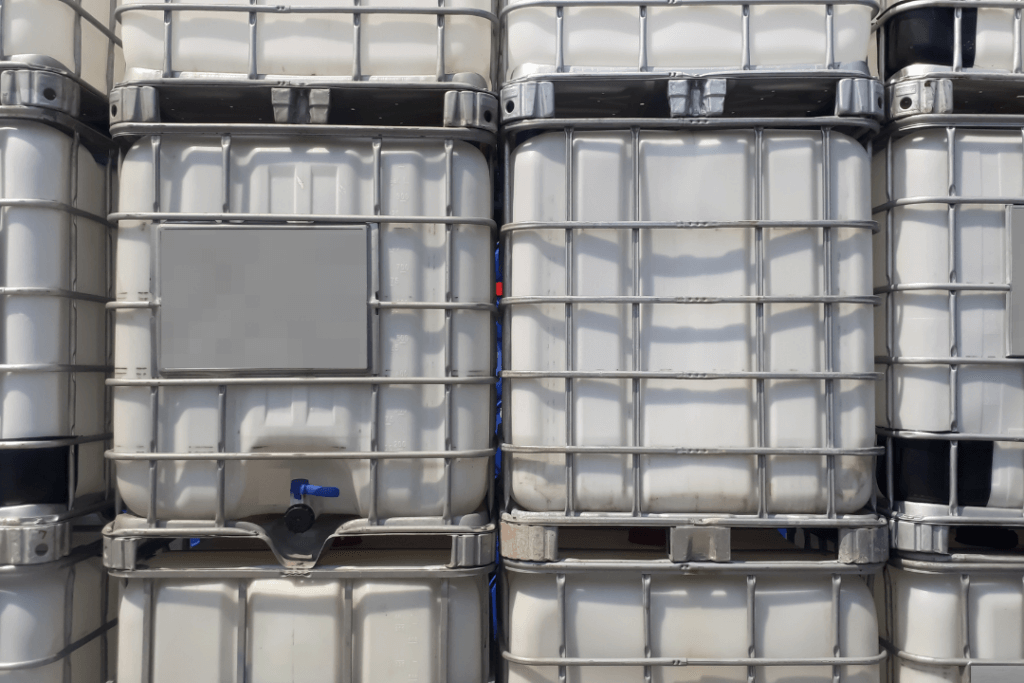

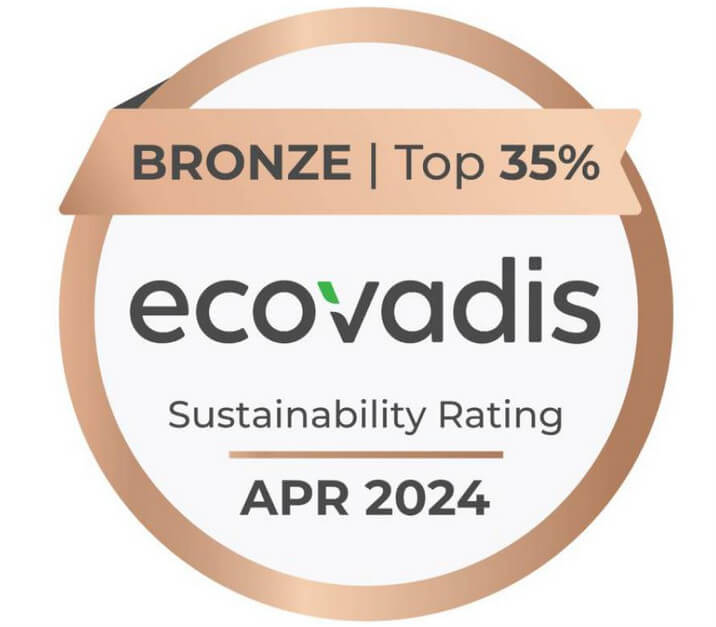
Leave a Reply
You must be logged in to post a comment.